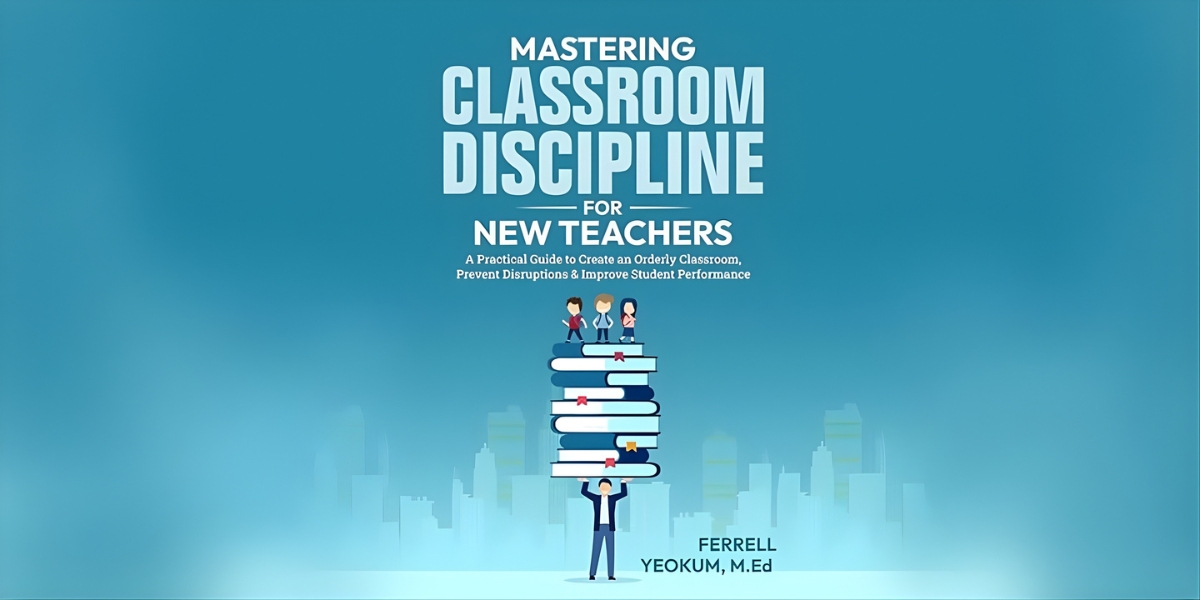In the modern world, digital tools have become integral to daily life, offering convenience and instant access to vast amounts of information. While these technologies enhance many aspects of productivity and communication, their growing role also influences how humans process, store, and retrieve memories. Exploring the distinction between memory and information retrieval, the outsourcing of memory to devices, and the implications for long-term retention offers valuable insights into the evolving relationship between technology and cognitive function.
Read also: Nanotechnology: Tiny Science with Big Impacts on Medicine and Industry
Differences Between Memory and Information Retrieval
Human memory is a complex cognitive system that involves encoding, storing, and recalling information over time. It is not merely about holding data but also about interpreting and connecting experiences in meaningful ways. Memory includes several types, such as sensory memory, short-term memory, and long-term memory, each playing a specific role in how information is processed.
Information retrieval, by contrast, refers to the act of accessing stored data or knowledge when needed. Traditionally, this retrieval occurs internally within the brain, relying on neural pathways and associations. With digital tools, retrieval increasingly involves external devices that store information outside the body. The ability to recall facts or experiences depends on memory’s richness and integration, whereas digital retrieval offers immediate access but lacks the depth and context provided by personal memory.
Understanding this distinction is important because relying heavily on external devices can alter the way individuals engage with information. While technology facilitates quick access, it may change the cognitive effort involved in internal memory processes.
The Outsourcing of Memory to Digital Devices
The widespread availability of smartphones, computers, and cloud-based services has encouraged what some describe as the outsourcing of memory. Rather than committing details to long-term memory, people often store reminders, contacts, notes, and facts on digital platforms. This shift allows individuals to offload the cognitive burden of remembering routine or complex information.
Outsourcing memory can increase efficiency by freeing mental resources for other tasks such as problem-solving or creativity. It also reduces errors related to forgetfulness by providing reliable backups. However, it may also contribute to a decreased capacity for retaining information independently. When the brain expects to retrieve data externally, the motivation to encode and rehearse details internally may weaken.
Additionally, dependence on digital devices can influence the nature of memory formation. The act of searching for information online differs from memorizing, as it often encourages scanning and skimming rather than deep processing. This can impact how well information is integrated and later recalled without technological aid.
Effects on Long-Term Retention and Recall
The relationship between technology use and long-term memory retention presents both opportunities and challenges. On one hand, digital tools can support learning by organizing information, providing multimedia resources, and enabling spaced repetition through reminders and alerts. These features can enhance memory consolidation when used thoughtfully.
On the other hand, excessive reliance on external storage may impair the development of durable memories. Studies suggest that when individuals expect to have access to information via devices, their ability to remember the same information without assistance can decline. This phenomenon highlights the distinction between knowing information and knowing where to find it.
Moreover, the constant availability of information may encourage a surface-level engagement with content, leading to weaker encoding and diminished recall. In contrast, effortful retrieval from memory has been shown to strengthen memory traces and improve long-term retention.
Balancing technology use with active memory practices is therefore essential to maintain cognitive health and effective recall abilities.
Read also: Why Green Technology Has Been Popular Among Entrepreneurs
Strategies to Support Effective Memory Use
Supporting effective memory in a digital age involves adopting strategies that complement rather than replace internal cognitive processes. One approach is to use digital tools as aids for storing non-essential details while actively engaging with important information through repetition, reflection, and meaningful connections.
Encouraging deeper processing of information, such as summarizing content or relating new knowledge to existing experiences, can enhance memory formation. Periodically challenging oneself to recall information without assistance also strengthens neural pathways and builds confidence in memory abilities.
Limiting distractions during learning and retrieval is another useful strategy, as focused attention facilitates better encoding and recall. Integrating breaks and varied activities can prevent cognitive overload and promote consolidation.
Additionally, being mindful of when and how technology is used can help maintain a healthy balance. For example, using digital calendars for scheduling while memorizing frequently used phone numbers or important dates preserves memory function.
Ultimately, combining the strengths of digital tools with active memory techniques allows individuals to harness technology’s benefits without sacrificing cognitive skills.
Digital tools have transformed the way information is accessed and managed, influencing human memory systems in profound ways. Recognizing the differences between internal memory and external information retrieval sheds light on the implications of relying on technology for cognitive tasks. While outsourcing memory to devices offers convenience and efficiency, it also presents risks to long-term retention and recall if used without consideration. By adopting balanced strategies that integrate technology with active memory engagement, individuals can support their cognitive health and optimize learning outcomes in a technology-driven world.









